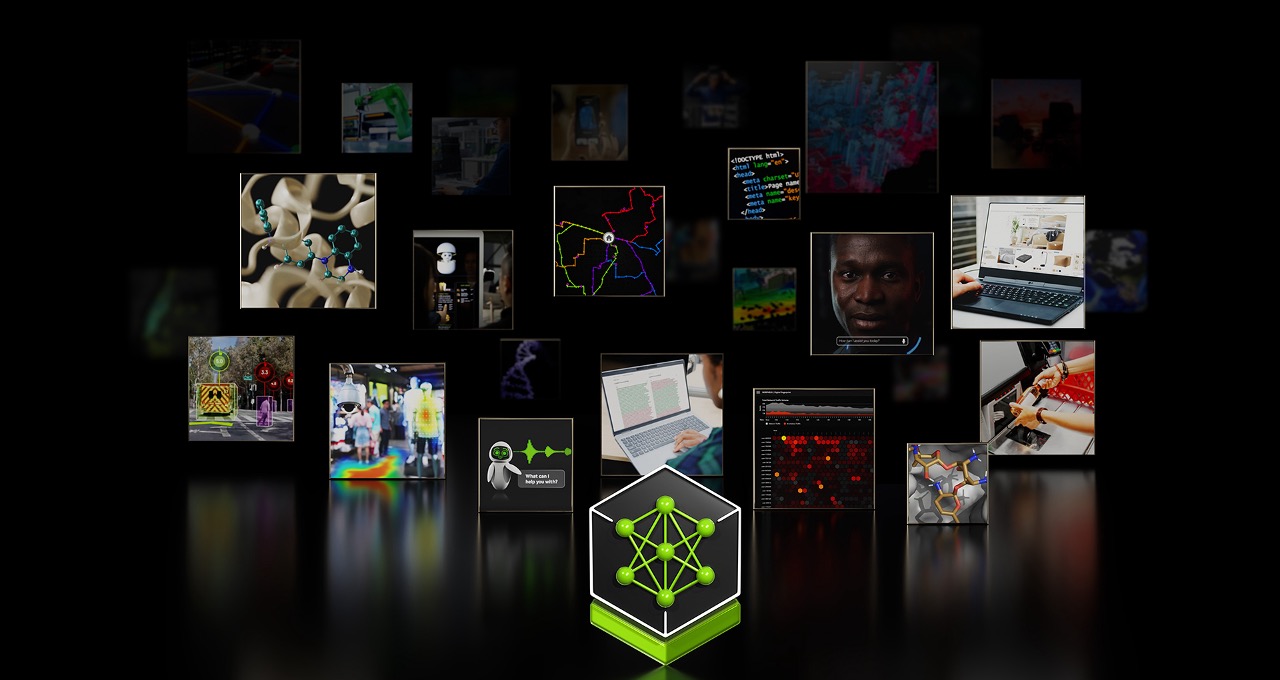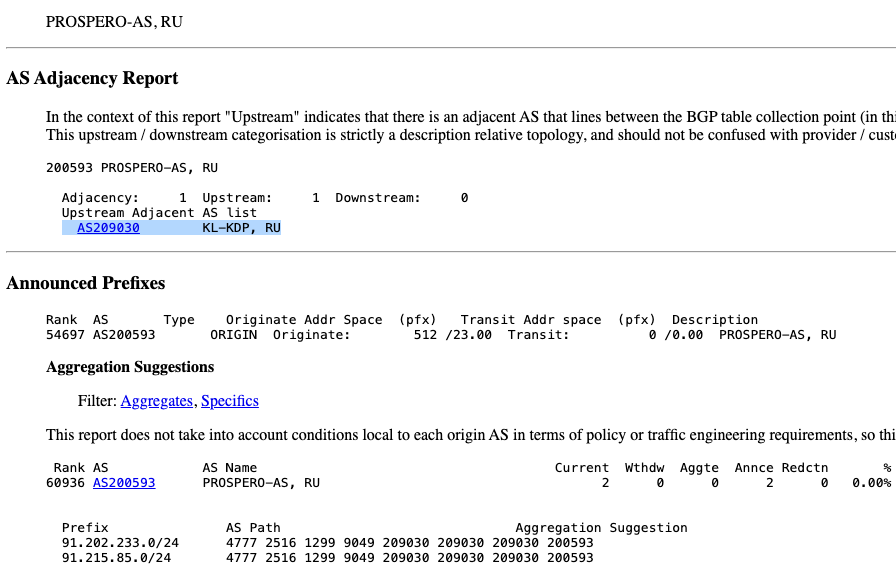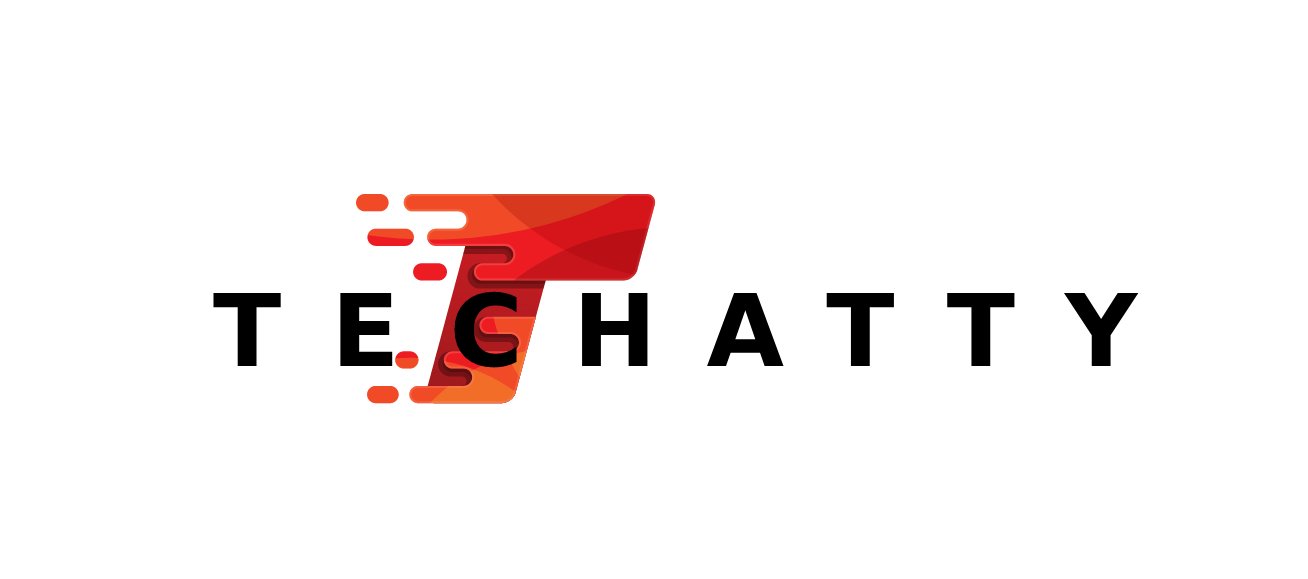What is TensorFlow? The machine learning library explained
Machine learning is a complex discipline but implementing machine learning models is far less daunting than it used to be, thanks to machine learning frameworks—such as Google’s TensorFlow—that ease the process of acquiring data, training models, serving predictions, and refining future results.Created by the Google Brain team and initially released to the public in 2015, TensorFlow is an open source library for numerical computation and large-scale machine learning. TensorFlow bundles together a slew of machine learning and deep learning models and algorithms (aka neural networks) and makes them useful by way of common programmatic metaphors. It uses Python or JavaScript to provide a convenient front-end API for building applications, while executing those applications in high-performance C++.To read this article in full, please click here

Machine learning is a complex discipline but implementing machine learning models is far less daunting than it used to be, thanks to machine learning frameworks—such as Google’s TensorFlow—that ease the process of acquiring data, training models, serving predictions, and refining future results.
Created by the Google Brain team and initially released to the public in 2015, TensorFlow is an open source library for numerical computation and large-scale machine learning. TensorFlow bundles together a slew of machine learning and deep learning models and algorithms (aka neural networks) and makes them useful by way of common programmatic metaphors. It uses Python or JavaScript to provide a convenient front-end API for building applications, while executing those applications in high-performance C++.





































